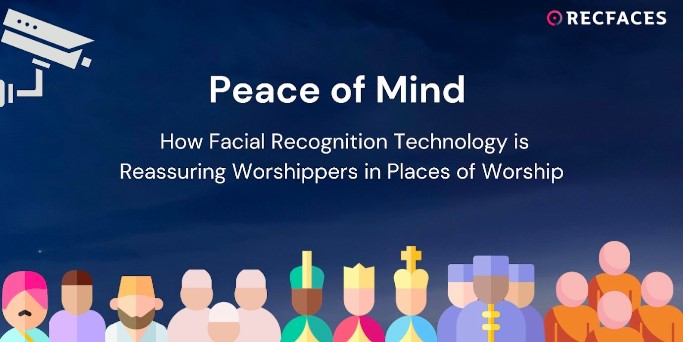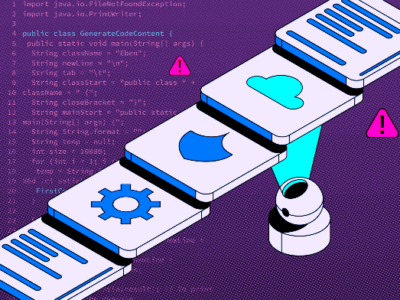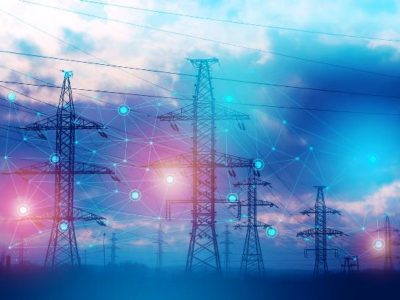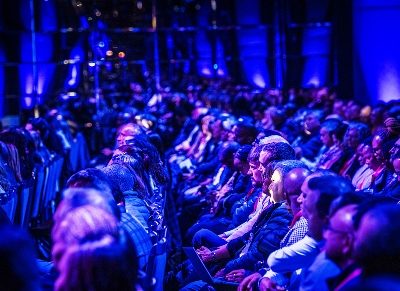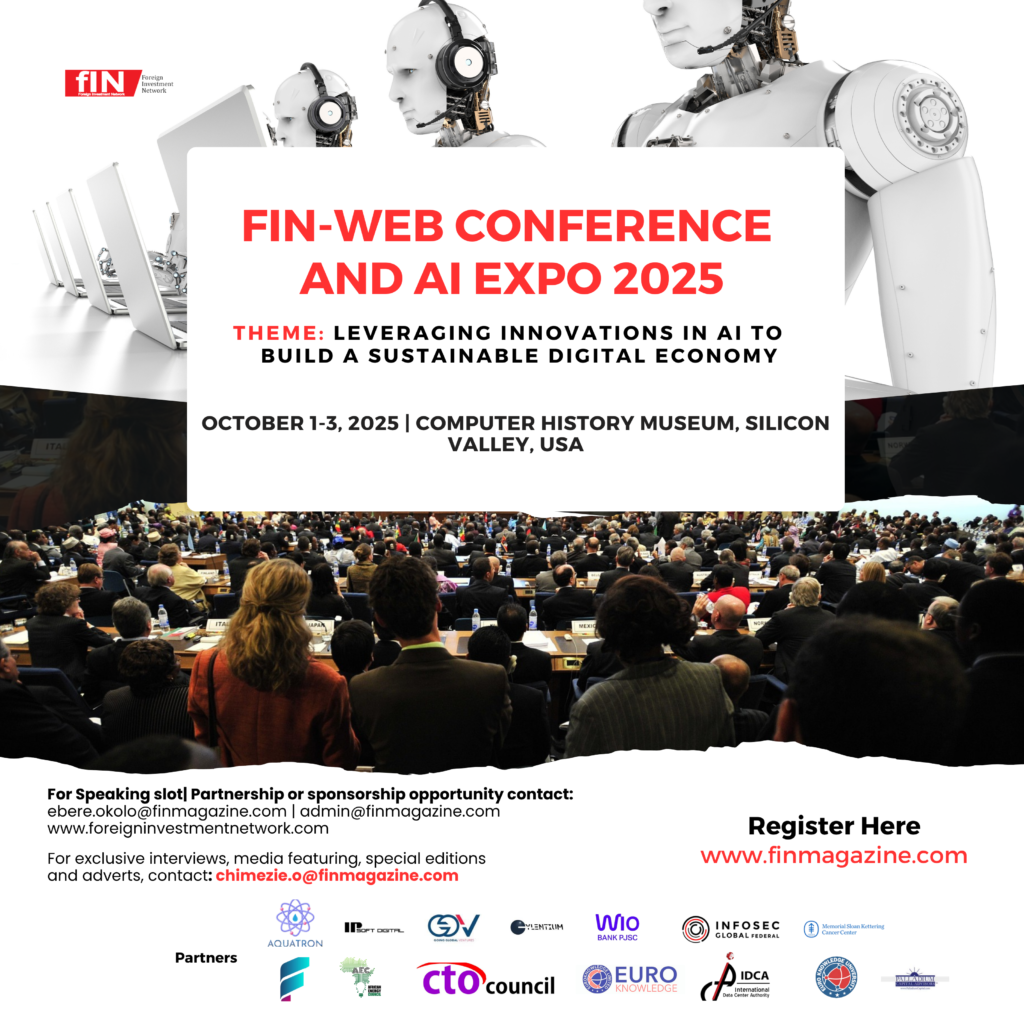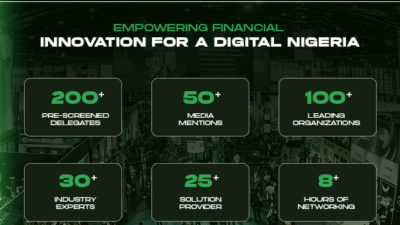In a world where worship places serve as the beating heart of communities, their significance cannot be overstated. Regardless of the religion, sacred spaces are the basics of spiritual worship and practice. The sacred spaces create unity, offer comfort, and also assert the customs for followers.
RELATED: Face value: The ethics of facial recognition biometrics
From mosques to churches, temples to synagogues, the security of these sources becomes the top priority; it is the fundamental necessity of religious freedoms for fostering communal tranquility. Hence, this makes it necessary to manage the complexities of those places of worship so that people could be able to worship or just express their spirituality freely without any fear or trepidation.
From cases of vandalism, robbery, religious hate crimes to terrorist attacks, religious institutions worldwide have seen a wide variety of security threats. Such hostilities not only introduce physical danger to the spiritual seekers but they also disrupt and render prayerful spaces devoid of the peace and harmony they are designed to maintain.
Therefore, the proper functioning of a complex setting which is a potential answer to the problems of worship security and solutions find its way through the ‘Facial Recognition Technology’. By adopting the power of sophisticated algorithms and biometric analysis, the technology of facial recognition systems brings the possibility of augmenting security measures in a way that would not lead to interferences that might violate the sanctity of the worshiping environments.
It has to be appreciated how technology can actually help to create a more peaceful environment within these holy places when it is applied skillfully and responsibly.
Understanding the Security Landscape of Places of Worship
In the past few years, faith communities have been at the intersection of issues that pose a myriad of silting factors that undermine the security and sanctity of these holy places. From metropolises to the quaint countryside, every religious institution of any denomination, ranging in size and followers, is being traumatized by the simultaneous occurrence of security incidents which supersede geographical boundaries and, instead, transcend religious affiliations.
Occurrences such as destruction of symbols of religion, property, and desecrating sacred places, thus, leave worshippers feeling victimized and offended. Likewise, thefts, which target precious religious symbols, artistic pieces, or money that has been donated for charity, offer criminals not only material gains but also, importantly, they do affect the trust and goodwill within society.
Globally, trespassing is the main issue that affects temples and gurudwaras. Hinduism also faces issues with burglary, theft, and robbery while Sikhism encounters a significant number of verbal attacks or harassment.
However, burglary, theft, and robbery collectively account for crimes in churches, slightly higher than vandalism. In contrast, Islamic institutions face a higher incidence of burglary, theft, and robbery, constituting all incidents in mosques.
The proper functioning of a complex setting which is a potential answer to the problems of worship security and solutions find its way through the ‘Facial Recognition Technology’
Besides these biased crimes that have been happening within or against religious institutions, the most horrifying are those with an anti-religion aim. These wicked incidents, the product of prejudice, exclusion, and radicalism, have cost lives, brought about widespread anxiety and a tangible feeling of uncertainty among the worshippers. These attacks are purported by different religious, racial, or ideological factors regardless of the place of worship. They are a great threat to religious tolerance and eventually strike at the peace and tranquility that worshippers seek within their sacred places.
In the Asia-Pacific region, 27 of 50 countries (54%) saw religion-related property attacks, while in the Americas, 15 of 35 countries (43%) experienced property damage incidents. In the Middle East and North Africa, properties were targeted in 12 of 20 countries (60%). These sobering statistics emphasize the urgent need for concerted efforts to uphold and protect religious freedoms worldwide.
During times like religious holidays or special events that are the period of overcrowding, handling a considerable number of people within a limited space of the worship structure could be difficult. Overcrowding is the cause of the majority of accidents, such as stampedes or falling during pushing and shoving between the worshippers. Emotions may become heated, disagreements happen, people may argue over who is sitting where or who is standing where, and these arguments sometimes end up being hard feelings and disputes that tend to disturb the peaceful atmosphere of a place of worship.
Political instability and conflicts have both an added dimension of complexity which reflects even more so in regions where religious tensions intersect with political turmoil. Places of worship situated at such locations are more vulnerable to security constraints like targeted violence, forced shutdowns, and various restrictions from the government. In addition, the violence associated with civil disorder increases another dimension of the insecurity of places of worship. While protests and riots are somewhat expected, in most cases their occurrence is unpredictable and can lead to a disturbance or, worse, chaotic situations.
Enhancing Worship Place Security
Where a sense of safety is lacking, there is clearly a need for greater security to protect places of worship and worshippers, who overwhelmingly would like to see a range of physical solutions. This includes a strategic deployment of an advanced video management system, which serves a dual purpose. Firstly, it provides extensive surveillance of access points, enhancing situational awareness and threat detection. Secondly, with its capability to capture incidents discreetly, including physical attacks and verbal abuse, the video management system becomes an indispensable tool in preserving the sanctity of these sacred spaces while addressing security concerns.
Nevertheless, the use of facial recognition systems ushers in the inventive surveillance and, to some extent, invasiveness of privacy. The utilization of such advanced technologies not only enables existing video management systems to know what has been happening, but also puts the identification of persons of interest in a place of prominence, developing the capacity to preempt and deal with any law and order issues. Consequently, the responsiveness of the authorities in this matter is very important in the matter of keeping and guaranteeing the sacredness of these sanctuaries and in improving the general emotional condition of the believers.
In addition to numerous religious institutions, facial recognition technology is now used to ensure security and safety of the worshippers. The reasons for implementing the technology may be different but generally involve the worries about increasing insecurity which could manifest as vandalism, theft or may even be a terror act targeting sacred places.
In Singapore, the alarming surge of 11 police reports regarding thefts at places of worship during the first half of 2023, doubling from the previous year, underscores a pressing need for enhanced security measures. Integrating such technology offers a potent solution for securing donation boxes at places of worship, providing an extra layer of protection for these sacred spaces. By integrating facial recognition systems, these institutions can ensure that only authorized personnel have access to the donation box area, thereby minimizing the risk of theft or tampering.
Facial recognition systems tailored for use in places of worship boast specific features and capabilities, such as real-time monitoring of entry points, automated identification of suspicious individuals, and integration with existing security infrastructure. This way of implementing a security system in a religious community not only provides the means for enhancing security, but also allows for preserving the holiness and its openness of the worship places.
Facial recognition systems can be applied as an important tool for resolving the crowd problem and processing the civil unrest in places of worship. The authorities can identify the hot spots for crowds and predict the events that might lead to blockage or congestion with the help of facial recognition systems which provide instantaneous monitoring of crowd flows and crowd densities. Furthermore, these systems have the potential to point out those people who could be the ones inciting violence or disseminating unrest. This creates an opportunity for targeted interventions, resulting in tension de-escalations and order-restoration.
Facial recognition systems can be applied as an important tool for resolving the crowd problem and processing the civil unrest in places of worship.
Notably, facial recognition technology could also help officers track the path on which individuals in civil disobedience move, identifying and apprehending suspects who cannot stop themselves from breaking into public stores or other criminal acts, ensuring the safety and well-being of worshippers during times of overcrowding and civil unrest.
The time when all aspects of security seem too big a threat to be overlooked, the combination of facial recognition technology systems with the perimeter intrusion detection starts shining with the appearance of a powerful solution. Especially considering such places over history have transformed into landmarks or propagating tourist sites, the conservation strategy offers a sturdy defense against such human activities as well.
Imagine this: as an individual approaches the perimeter, the cameras with the facial recognition systems take a picture of the face in the blink of an eye. In a snap of fingers, the system calculates a matching score and does a global comparison against the database of registered faces to see whether the individual is permitted to be inside. If the system detects an unauthorized presence doing so will send a signal, stating security personnel or whatever predetermined responses deemed suitable such as alarm activation. Not only does this fusion of technologies make threat identification more exact, but also provides proper and available responses in a short time that guarantee the security and the sanctity of these sacred areas.
Physical security solutions are essential in enabling regular users of places of worship to feel safe, but the aesthetic considerations of those measures are equally important: while on-site security design must serve to keep trespassers out and help prevent crime, it should also be welcoming and instill a sense of safety. There is a fine balance to be struck between effective security and aesthetics.
By fostering ongoing evaluation, community engagement, and ethical reflection, religious institutions can harness the potential of facial recognition technology to create safer and more welcoming spaces for worshippers. The objective in the end is to seek the balance between security requirements and the values of an open and inclusive system of the practice of the religion where individual rights are truly respected. Joint efforts and smart decision-making, however, guarantee the technology to be utilized as a tool of divine harmony and spiritual nurturing during worship.
“In a world where peace is paramount, it’s imperative we prioritize not just physical security, but the preservation of sanctity within places of worship. Facial recognition technology, when deployed thoughtfully, becomes a beacon of reassurance,” says Sukrit Varma, Global Marketing Partner, APAC & MENA Region, RecFaces
“Facial recognition systems offer a proactive approach to securing places of worship, enabling real-time monitoring of entry points and automated identification of potential threats, while still respecting the sanctity of these sacred spaces,” says Valerie Lapteva, Business Development Director, APAC Region, RecFaces
“Implementing facial recognition technology in places of worship presents an opportunity to address overcrowding and civil unrest effectively, allowing for targeted interventions to de-escalate tensions and restore order while ensuring the safety and well-being of worshippers,” says Eugenia Marina, Business Development Director, MENA Region, RecFaces
CREDIT: RecFaces – one of the world’s leaders in ready-to-use software products with facial recognition functions.


